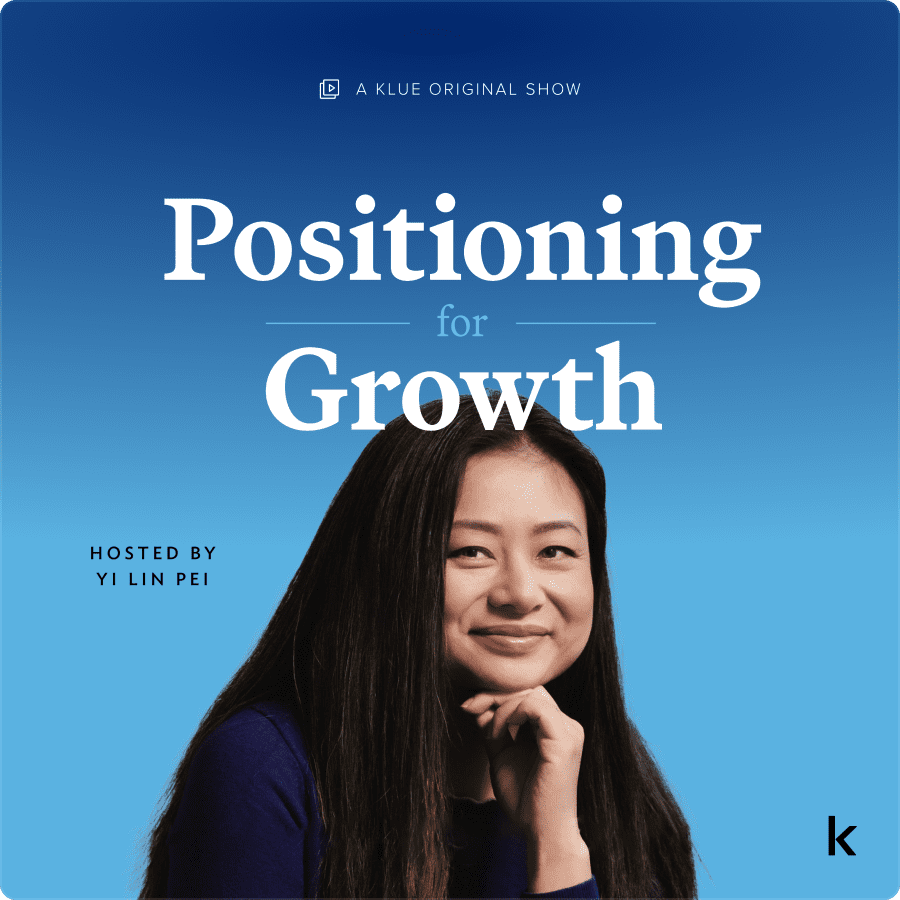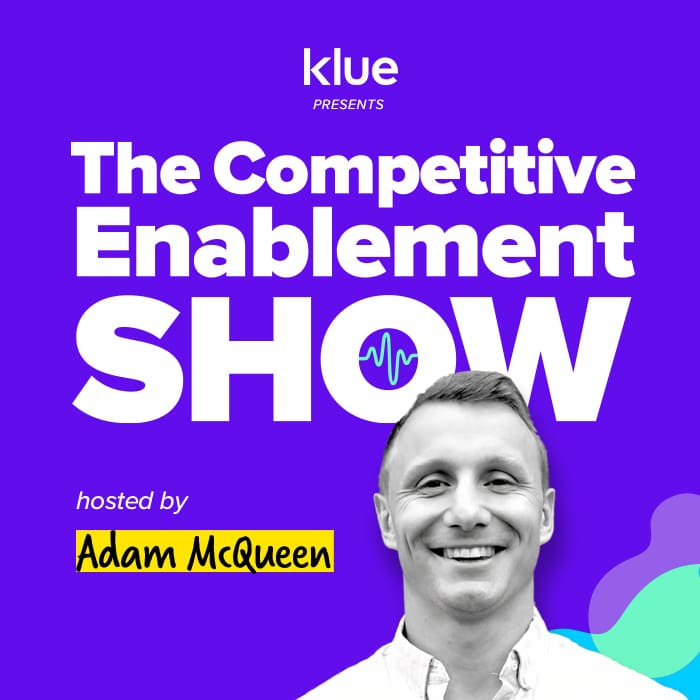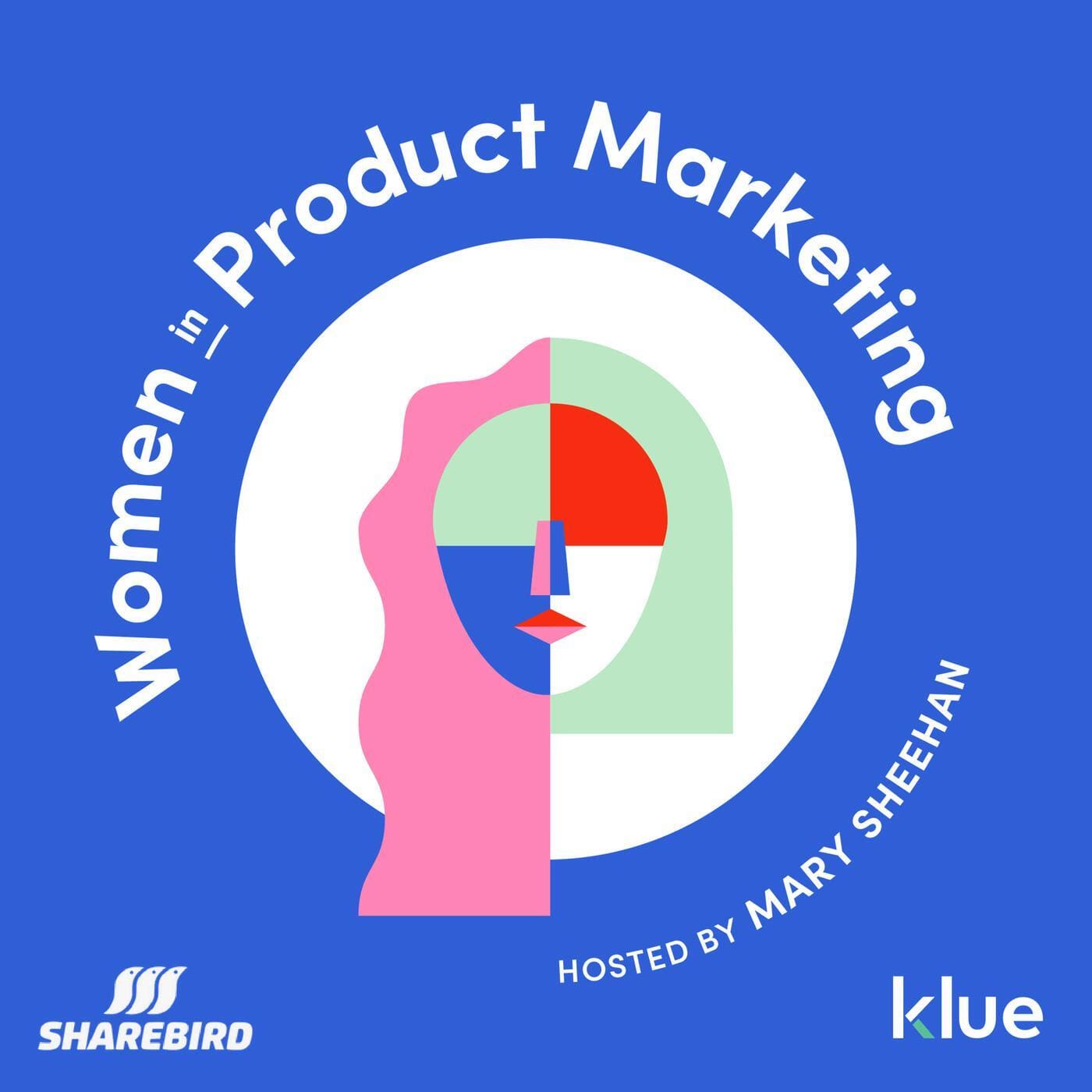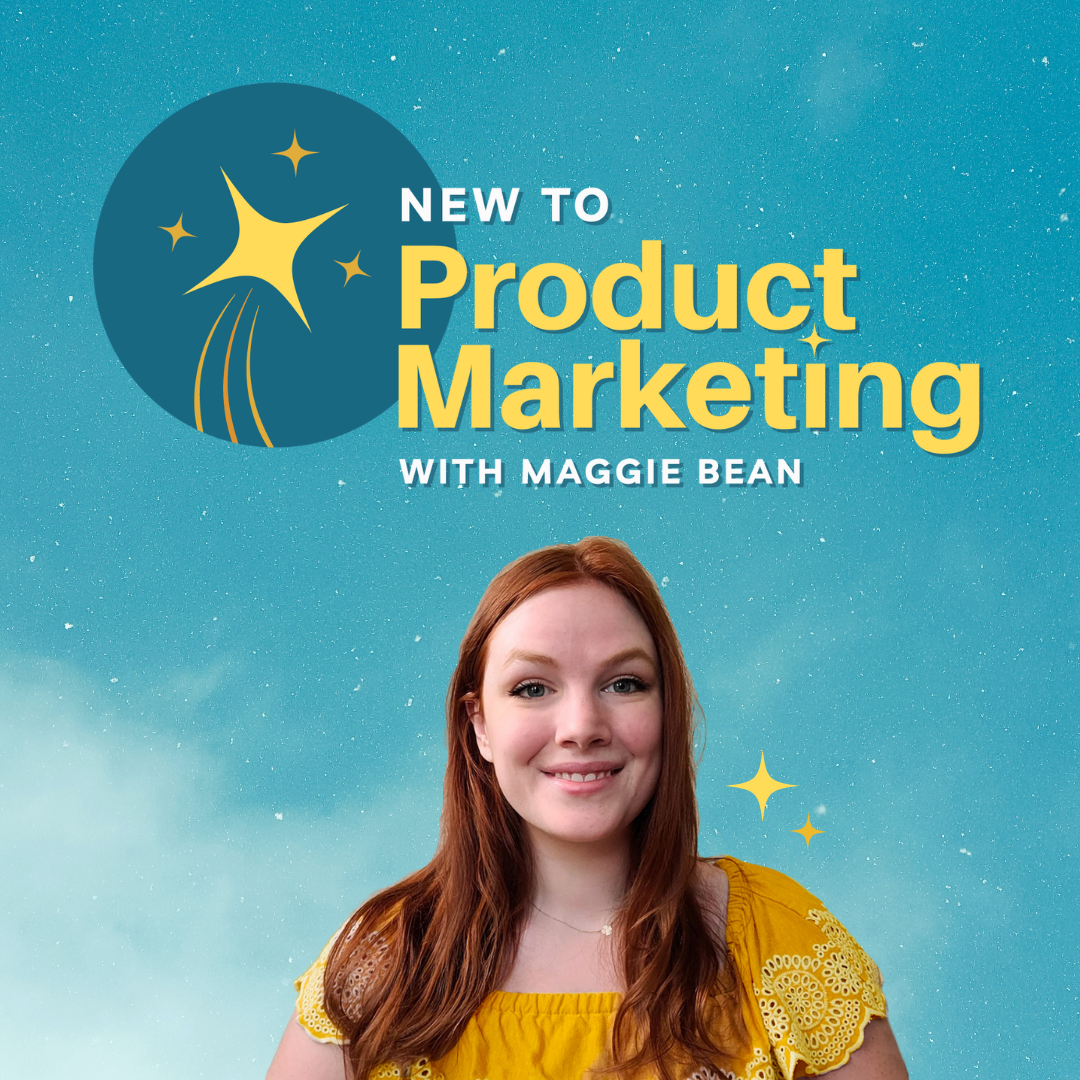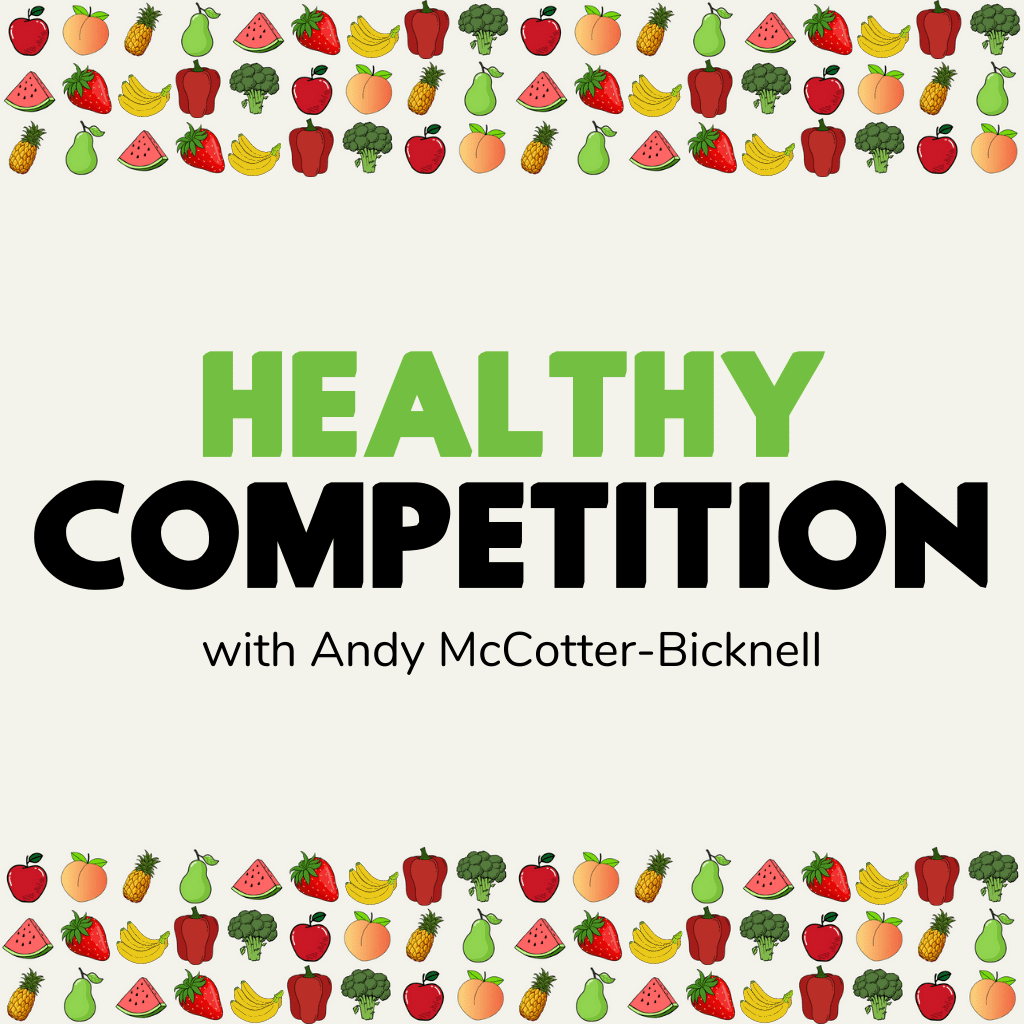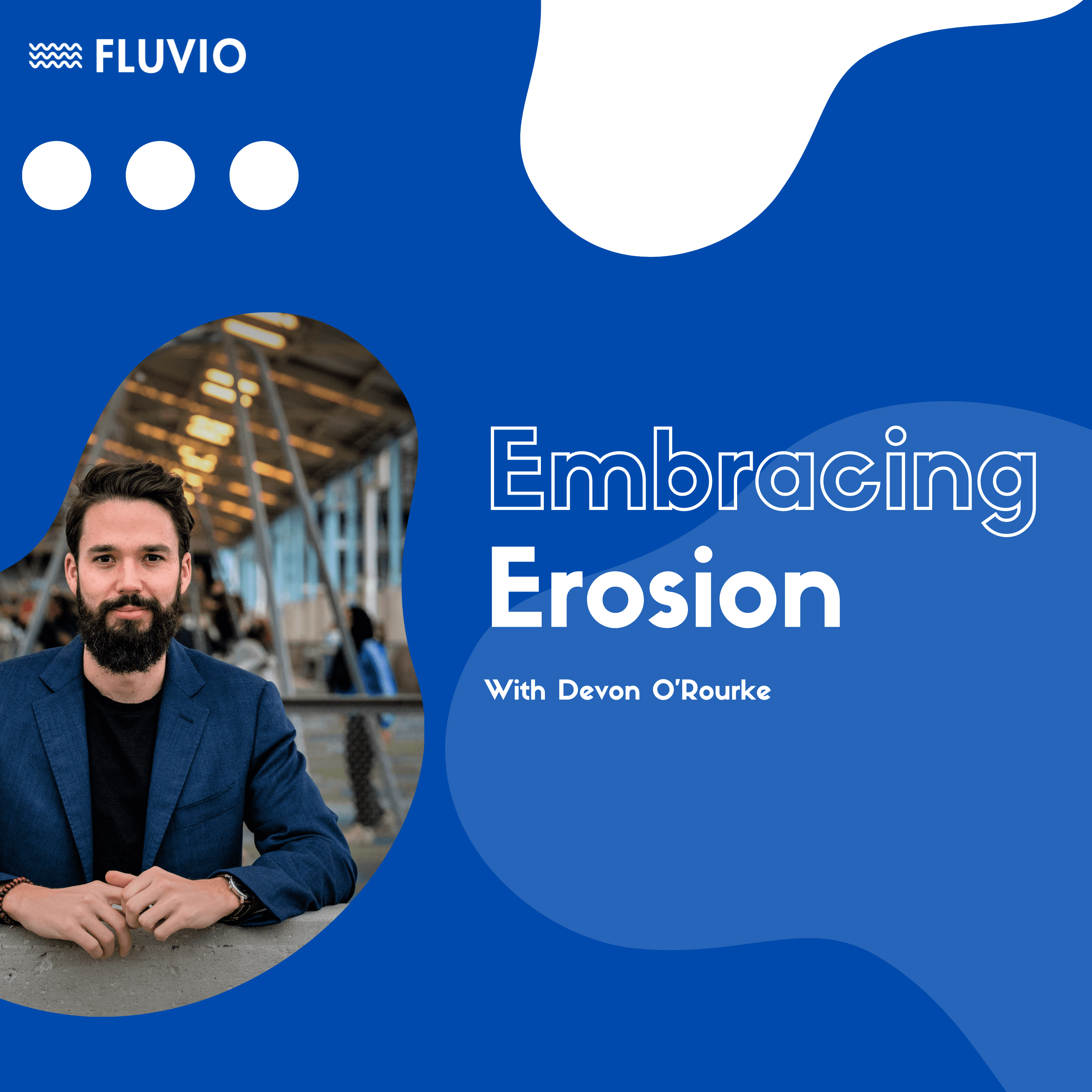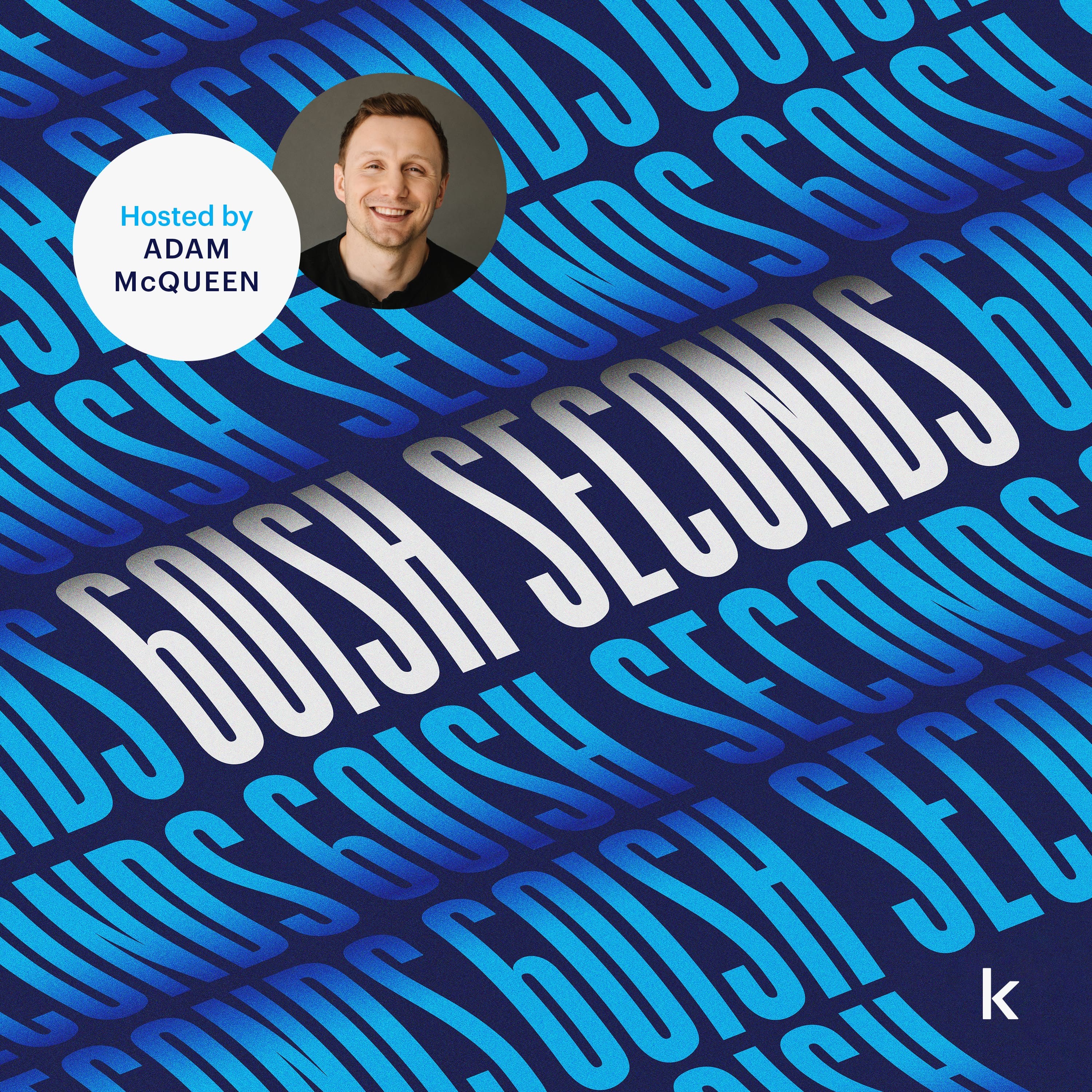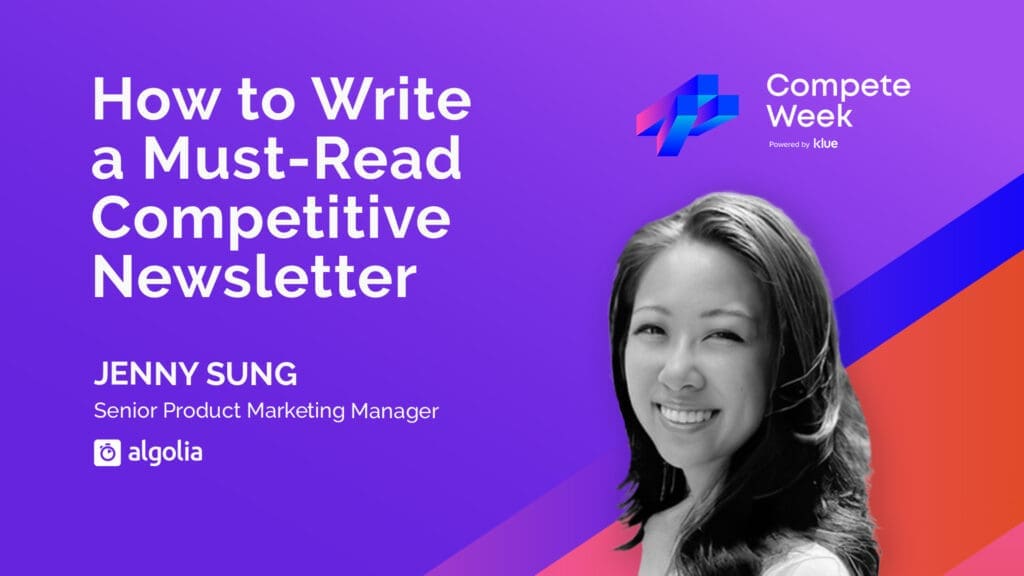Engaging Your Salesforce to Increase Adoption
Ashleigh Eisinger is the Competitive and Market Intelligence Manager at FloQast. She sat down with Adam to share her biggest tips for increasing adoption. Here are three takeaways from their conversation.
5️⃣ Five steps to take when your content isn’t being used 5️⃣
There are dozens of reasons why your reps might not be using your compete content. Some within your control, some not. No matter the reasons, when Ashleigh’s reps aren’t using her content, she starts by turning inward.
“If I see adoption is low, I have to ask myself a lot of questions first to make sure that I’m doing my job right.”
Question 1: Do people know the content exists?
Making sure people know the content exists is a matter of leveraging promotional channels. Build some excitement in your competitive intel Slack channel, in your competitive intelligence newsletter, in meetings, wherever you can.
Question 2: Do people know where to find it?
Most users don’t have the time to go poking around in different decks, docs and drives to find your compete content. Make sure the content is easily accessible whether in a battlecard, one-pager or other forms of collateral.
Question 3: Is the content relevant?
Does your content meet the needs of the intended audience, in a format that works for them? The same piece of competitive intel could be valuable for product, sales and CS teams alike. But how that intel is packaged will vary by team, and help increase its relevancy.
Question 4: Is the content applicable?
Adoption rates often suffer when the why, when and how of the content should be used aren’t clear. Especially for your sales and CS reps, the competitive play (like we lay out in the Know Say Show Framework) is one of the most important parts of creating good content.
If you answered yes to all four questions, the last step is to get feedback directly from the end users. Dig further into the four reflective questions you asked yourself, and work to get feedback that will help you make the changes you need to increase adoption.


♀️Give your intel digest some personality ♀️
Your competitive intel newsletter is one the most useful tools in the kit. But without adding some fun and personality, it risks becoming just another email or message that gets ignored.
“You can build the best newsletter in the world. But If people are just going to scroll past it, then it doesn’t matter how good the newsletter is.”
First things first, you want to make your subject line enticing and interesting. At Klue for instance, our Competitive Enablement Manager takes a page out of the Friends playbook. Every digest’s subject line starts, “The One With” and then the competitor or topic in the digest.
Once they’ve opened the digest thanks to that great subject line, use some basic design principles to make your newsletter aesthetically appealing. Things like headings, sections, colours and emojis go a long way in holding people’s attention.
You should also try to avoid falling into using the same formula too often. Don’t force a third story just because you usually share three pieces of intel. Use that space for something fun or lighter.
For example, Staffbase’s Nick Larson told us on the Competitive Enablement Show that he sometimes includes GlassDoor reviews from their competitors.
Watch Jenny Sung’s presentation from Compete Week 2022 live on demand
Get direct feedback from your end users
Step five in Ashleigh’s approach to increasing low adoption should be happening throughout the content creation process — not just when things go wrong. Creating the foundation for this two-way feedback street a responsibility Ashleigh takes seriously.
“If my sellers don’t feel comfortable giving me relevant feedback, then I’m not doing my job right.”
How you go about it will depend on the size of the teams you enable. At a company with a huge sales force like Highspot, where Ashleigh worked previously, the approach was to create a smaller, “compete team”.
She and this team would meet regularly and use the opportunity to share feedback about all things compete. This created a space for discussion that helped elevate existing compete content, and made future content stronger right off the hop.
The worst thing you can do with compete content is build it in a silo, share it out, and wipe your hands clean. As Ashleigh puts it, building compete content should be an iterative process.
Instead, get feedback, build it, get more feedback, and make it better. That’s a sure fire way to increase adoption.


NEWSLETTER

Never miss a new release on the network.
(because your competitors sure aren’t.)
Be the first to know about the newest episodes dropping on the Compete Network, upcoming shows with creators, and community events you can’t afford to miss.


